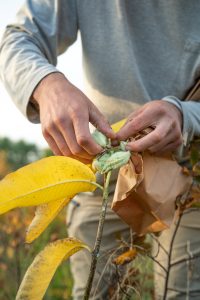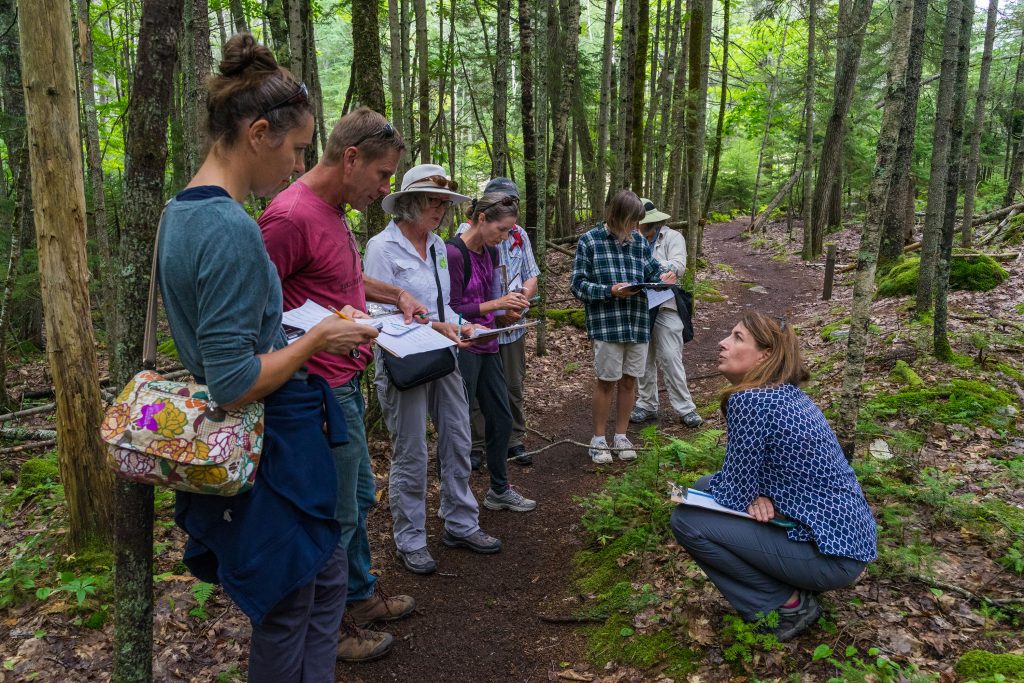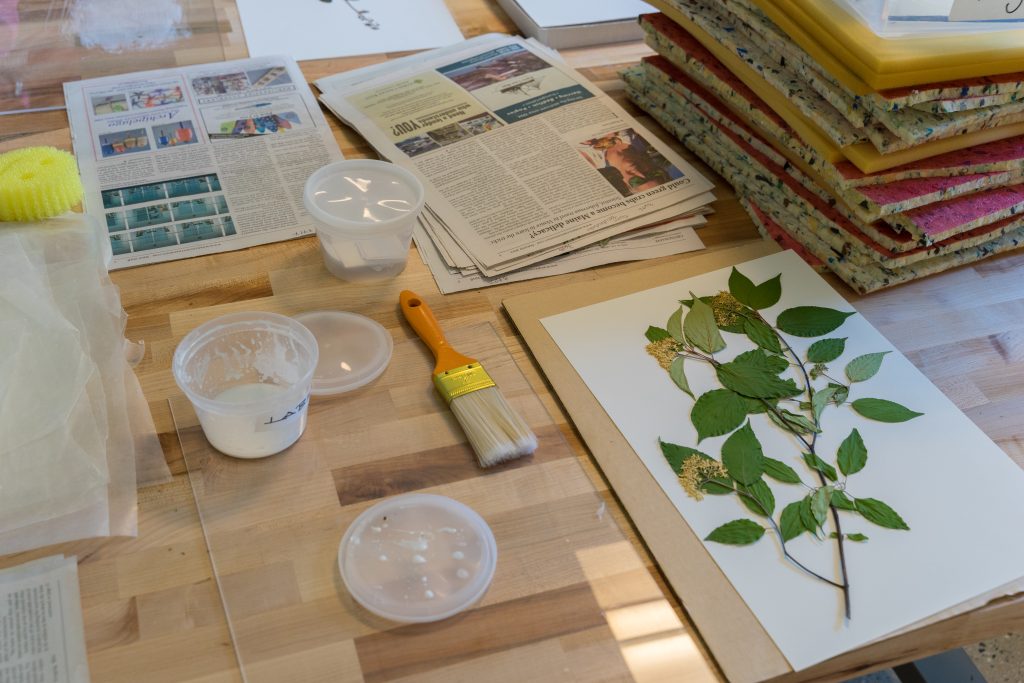Many of those familiar with Coastal Maine Botanical Gardens’ living collection of plants will know that we select some plants for ornamental value and others specifically for biodiversity conservation and its interpretation. Curator of Living Collections, Katherine Brewer, recently developed a comprehensive plan to build a collection of northeastern native milkweeds (genus Ascelpias) to conserve and showcase the ecological importance, diversity, and beauty of the genus. The plan outlines steps and timeline for conserving ten species of milkweeds, both common and rare, by incorporating them (and the genetic material they contain) into our gardens and our seed bank. The plan also identifies ways the Gardens’ teams can collaborate to use these collections to build upon and expand interpretation and programming around milkweeds and the insects they support.
Milkweeds of the Northeastern United States: A Conservation Collection

Why did our team prioritize milkweeds for our first conservation collection?
Milkweeds are worthy of conservation efforts because of the group’s exceptional ecological importance, particularly considering their host relationships with insects, most notably the monarch butterfly. Milkweeds are also known to support bees, wasps, and other butterflies because they are an important source of nectar. Not only are species of Asclepias deserving of conservation attention due to their ecological importance to a diversity of insects, but several are also vulnerable due to factors such as rarity, habitat specificity, habitat loss to development or fire suppression, small population sizes, competition with invasive species, and hybridization between species. Of the ten species of milkweed found in the northeast, seven are listed as of conservation concern in at least one state, and several have also been identified as being of regional concern by the New England Plant Conservation Program. In addition, milkweeds as a group are of particular importance to the Gardens, where plant-pollinator interactions, including the relationship between milkweeds and monarch butterflies, is a core teaching and interpretive theme. Milkweeds are featured both within and around our Native Butterfly House. In 2014, Coastal Maine Botanical Gardens was certified as a Monarch Way Station through Monarch Watch, and in 2022, our Haney Hillside Garden was certified as a pollinator-friendly garden through the University of Maine extension.
In our first year executing the Milkweed Collection Plan, Plant Conservation Coordinator, Bret Bemis, received permission from local land conservation trusts to collect wild seed from both poke milkweed (Asclepias exaltata), restricted to the southern portion of Maine, and swamp milkweed (A. incarnata) to grow, display, and conserve in our living collections and to store in our conservation seed bank. Seeds were sown in the fall, and young plants will be grown and tended through the next year. Our dedicated horticulturists will partner with us to find homes for and care for these plants in our display gardens.
Coastal Maine Botanical Gardens is committed to increasing biodiversity in our gardens, preventing biodiversity loss, taking action on climate change, and inspiring our visitors to take action on climate change and biodiversity loss.

